


The World Health Organization highlights the first 1,000 days—from pregnancy to a child’s second birthday—as crucial for lifelong health, with key brain and immune development occurring in this period. While baby food safety is increasingly prioritized, the link between maternal health and child well-being is often overlooked.
Clean Label Project’s First 1,000 Day Promise sets contaminant limits for products aimed at pregnant women, infants, and young children, inspired by strict European standards. This initiative empowers families to make safe, informed choices, nurturing a healthier start for every child.
Clean Label Project requires that brands do their own routine testing in addition to Clean Label Project’s consumer chain of custody sampling and testing. If the brand has the required food safety best practices coupled with compliant test results and nutritional formulation, the product can be certified to the First 1,000 Day Promise standard.
Reach out to Clean Label Project to get a non-disclosure agreement and application materials. We’ll schedule a call to discuss your brand and product portfolio.
The First 1,000 Day Promise standard requires food safety best practices including routine internal testing, supplier assurance program, detailed product specifications, nutritional requirements, certification to Global Food Safety Initiative (GFSI) or other food safety certification programs and more. This documentation must be received and reviewed prior to certification.
Clean Label Project will use its Consumer Chain of Custody Sampling Process. Clean Label Project simulates the consumer shopping experience, by purchasing samples from local co-ops, national retailers, and brand websites. This independent approach to sampling is meant to mirror the consumer shopping experience and evaluate the true contents of what’s in refrigerators, drawers, and pantries across America. After the products are purchased at retail, Clean Label Project submits the samples to one of its ISO-accredited analytical chemistry partner laboratories. The testing and evaluation process can vary depending on the product type. The testing process can take up to 4 weeks.
Upon completion of the review, certification compliance will be determined. Any deficiencies must be responded to prior to receiving certification.
Clean Label Project will work with you on the marketing of your award to both consumers and retailers. However, keep in mind, a single test point is not enough to demonstrate ongoing superiority. Clean Label Project will continue to use its consumer chain of custody sampling and testing process to perform unannounced sampling and testing. The expectation is that you maintain the same ingredient quality assurance requirements to maintain these high standards.
If a product is found to be non-compliant, adverse action policies are outlined in the applicable Clean Label Project Code of Practice.